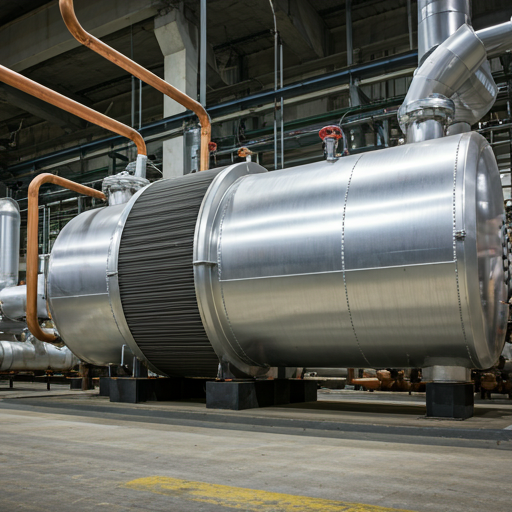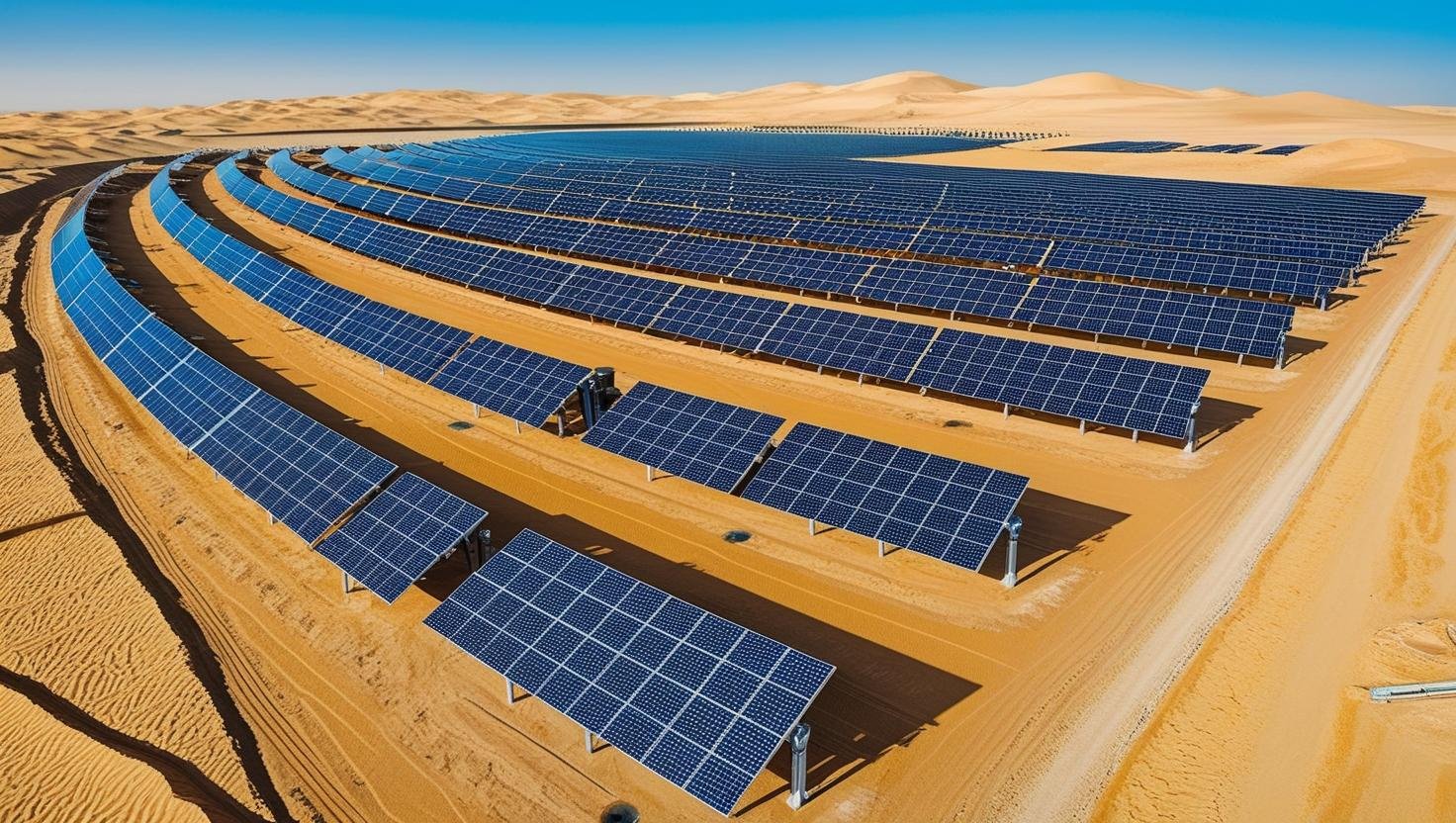What Are Heat Exchangers?
In the grand tapestry of electricity production, heat exchangers often reside in the shadows, unheralded yet pivotal. Simply put, these devices transfer heat between two or more fluids, allowing plants to harvest energy effectively. Think of them as the quiet, efficient teammates behind the curtain, ensuring that our lights stay on!
How Do They Work Their Magic?
Heat exchangers operate using various methods—such as conduction and convection—enabling the conversion of thermal energy. In a power plant, they play a vital role in transferring heat from the combustion of fuels to water, transforming it into steam. This steam then spins turbines to generate electricity. Their efficiency can significantly impact the overall performance of energy systems, making them the unsung heroes of clean energy processes.
The Importance of Heat Exchangers in Electricity Production
Without effective heat exchangers, the process of converting thermal energy into electrical energy would be a hot mess—literally! They enhance efficiency, reduce operational costs, and minimize environmental impacts. As we move toward a more sustainable future, the role of these devices in improving energy recovery and energy efficiency cannot be overstated. Embracing innovations in the design and function of heat exchangers will keep our power plants humming along, creating a cleaner, greener tomorrow!







اترك تعليقاً